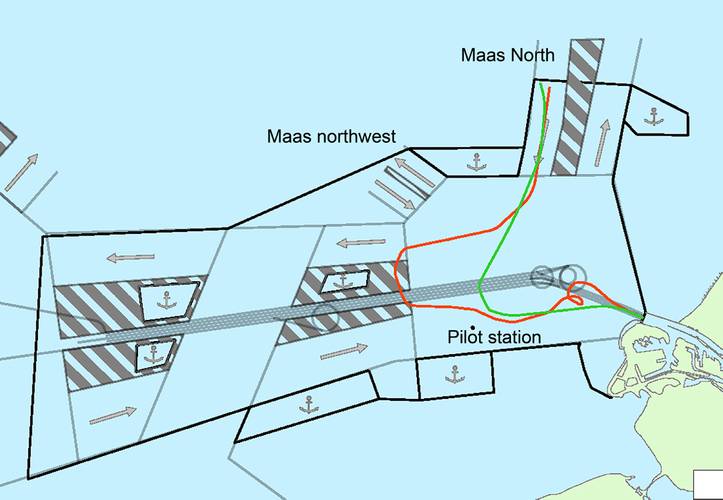AIS Data for Emissions Reduction
With emissions reduction firmly on the industry’s agenda, studies show that carrying out ship emission calculations, based on AIS data, can offer significant benefits.
A Port of Rotterdam vessel traffic planning program aims to share reliable information, minimize unnecessary delays and reduce shipping emissions. By sharing information between stakeholders, ships are able to plan their journeys more efficiently. For example, if they know exactly when a pilot is available, or when they can access a terminal, this pre-information can be used to optimise traffic flows and reduce unnecessary emissions from so-called ‘non-standard behaviour’ in the approach area of Rotterdam.
For liner shipping, non-standard behaviour happens when vessels wait to be serviced by a pilot, tugboat or terminal before they enter the actual port area. This behavior includes drifting, making turning circles, speed changes and anchoring, which is not necessary for the scheduled dispatch of the vessel. It leads to the unnecessary use of fuel and production of emissions.
MARIN quantified the potential emissions reduction by minimizing this non-standard behavior. To determine the potential effects of the vessel planning initiative, MARIN calculated the emissions for each voyage of the inbound liner vessels in the year before the introduction of the program. The emission calculations followed the method based on AIS data that has been developed for the Netherlands Pollutant Release & Transfer Register.
The study then focused on determining the standard or expected travelling time of inbound liner ships in the approach area to the port by analysing AIS data. This was done for different vessel sizes and locations.
To estimate the delays incurred when a vessel enters the port approach area, MARIN needed knowledge about the standard travelling times. In its calculations MARIN assumed that the vessel traffic planning program would remove this unnecessary maneuvering. Finally, MARIN replaced the emissions of voyages with non-standard behavior with the emissions of voyages with standard behavior to calculate the potential emissions reduction. A potential emissions reduction of as much as 3% to 5% was feasible, showing how ship emissions calculations - based on AIS data - can help in future policy making.
The Author
Anke Cotteleer is project manager at the Nautical Center MSCN of MARIN, the Maritime Research Institute Netherlands.
e: [email protected]
www.marin.nl
(As published in the July 2014 edition of Maritime Reporter & Engineering News - http://magazines.marinelink.com/Magazines/MaritimeReporter)














